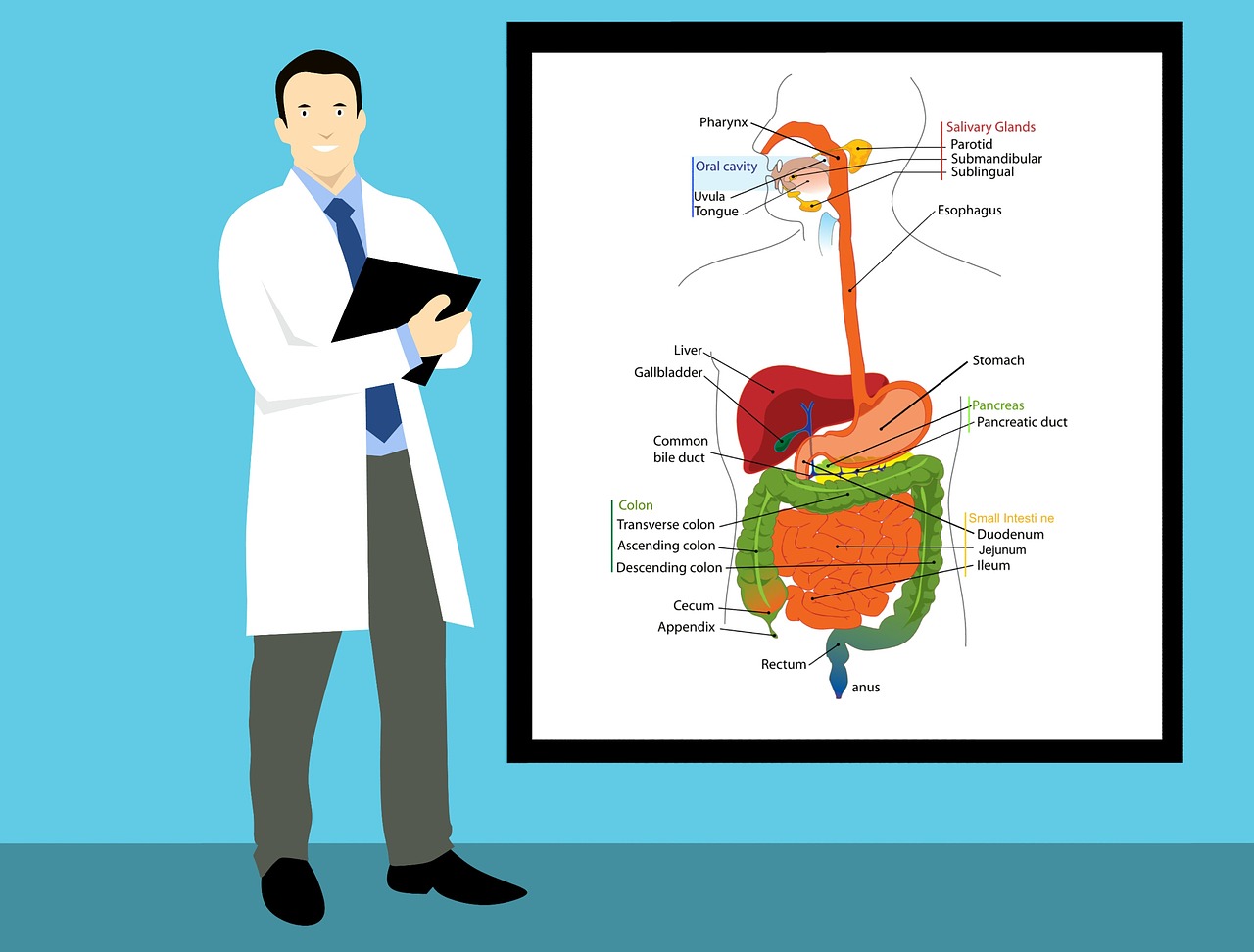Cancer types and How they Spread?
Bone Cancer – Bone cancer can be either primary cancer (occurs in the bones) or secondary cancer (occurs elsewhere in the body and spreads to the bones). Primary cancer is one of the rarest species in Victoria. It is treated by surgery, radiotherapy or chemotherapy.
Uterine Cancer The uterus
Is part of a woman’s reproductive system? Uterine cancer occurs in 400 women in Victoria each year and most commonly affects women older than 50 years. This type of cancer is also known as bowel cancer, uterine cancer, endometrial cancer and skin cancer of the womb.
Brain cancer
The brain and spinal cord make up the central nervous system. Brain tumours can be malignant (cancerous) or benign (non-cancerous). About 340 Victorians receive malignant brain tumours each year. They affect adults of all ages and are one of the types of cancer that occurs in children.
Bladder cancer
Bladder is the organ where the bladder collects. Bladder cancer is rare in people younger than 50, and is most common in people over 70. More than 800 Victorians get the disease each year. Smoking is the most common cause of this disease.
Pancreatic cancer
The pancreas is a gland behind the stomach. It secretes digestive enzymes and important hormones. Pancreatic cancer is more common in older people, and smokers are more likely to get sick than non-smokers. About 430 Victorians contract the disease each year.
Prostate Cancer Prostate
Cancer affects one in every 18 men in Australia and is common in people over 65 years of age. Prostate cancer can be treated in a number of different ways, including surgery. The consequences of treatment vary and may include a lack of control and impotence. In most cases, the disease is not fatal.



